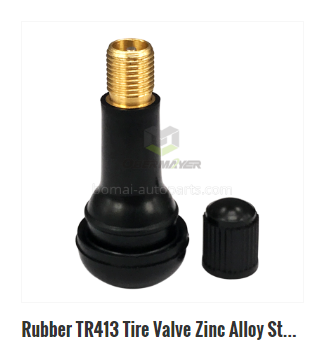Application and material characteristics of lead paste balance weight
Lead sticky balance weights are widely used in the tire balance of vehicles. According to statistics, about 70,000 tons of lead are used to produce balance weights every year. Balance weights for cars and small trucks range in length and weight from 5-150mm (0.2-6 inches) and 7-113 grams (0.25-4 oz). Usually a car is equipped with a lead sticky balance weight between 200 grams and 250 grams. This is 10-12.5% of the total lead products used in vehicles, excluding lead-acid batteries. The lead paste-type balance weight is mainly of the hook type, and some new aluminum alloy wheels use the paste-type balance weight due to the shape requirements.
The role of the lead paste balance weight
The balance weight is the basic material used for wheel dynamic balance correction. According to the fixing type of the balance weight, it can be divided into two types: hook type and sticking type. Among them, according to the quality, it is divided into several specifications of different sizes, including 5g, 10g, 15g, 20g, etc., and the specification interval of the balance weight is usually 5g. The stick-on balance weight is mainly used for the wheel hub with no fixed hook on the edge, and the balance weight is fixed on the inner wall of the hub through the double-sided adhesive on the back.
Not only are the materials of the wheels divided into steel and aluminum alloys, but the materials of the balance weights are also different. Currently, the textures of the balance weights mainly include iron, zinc and lead. In order for the balance weight to be environmentally friendly and aesthetically pleasing, many manufacturers need to process it during the manufacturing process, and also galvanize, spray, or even resin the surface of the balance weight.
Lead-free trend of lead-based sticky wheel balance weights
While these lead products are benefiting mankind, they are also increasingly polluting human health and the ecological environment. Lead is a toxic substance that can accumulate in the body. Excessive absorption by the human body can lead to lead poisoning, and a small amount of absorption can also affect people's cognitive ability and even damage the human nervous system. After the lead in this material is released, it may enter the ground water, especially to pollute drinking water. After people, especially teenagers, drink the drinking water contaminated by lead, it will seriously affect the development of the nervous system.
In order to maintain the living environment on which human beings depend and realize the sustainable development of society and economy, developed countries have formulated their own environmental protection policies and imposed environmental protection restrictions on their production and lead weights. People began to replace the lead balance weight with various other metals, the most feasible way is zinc and aluminum magnesium alloy or iron balance weight.
Previous: Introduction to valves
























